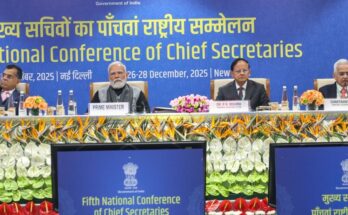On this World Health Day on Sunday, the emphasis is being laid on ‘Universal Health Coverage’.
Without safe, accessible water and sanitation, people face multiple challenges, including poor health and living conditions, malnutrition, and lack of opportunities for education and employment.
Billions of people are living without safe water, utilising contaminated water for their survival. As a result of this, they tend to fall seriously ill – and are unable to access or afford healthcare services.
Every year millions of people, most of them children, die from diseases associated with inadequate water supply, sanitation, and hygiene. It is estimated that by 2050, more than half of the world’s population will live in water stressed regions, as per researchers at MIT.
The international community, through the United Nations, has set in motion a historic plan – 17 Sustainable Development Goals – that aims to build a more prosperous, more equal, and more secure world by the year 2030.
Through Goal 6, the countries of the world have resolved to achieve universal access to safe drinking water and adequate sanitation and hygiene to all in the next 15 years.
States were obliged to work towards achieving universal access to water and sanitation for all, without discrimination, while prioritising those most in need, says United Nations Report for World Water Day, ‘Leave No One Behind’.
Exclusion, discrimination, poverty and inequalities are among the main obstacles to achieving the water-related goals of the 2030 Agenda for Sustainable Development, says the report.
While the wealthy generally receive high levels of service at low prices, the poor often pay a much higher price for services of similar, or lesser quality.
Aligned with government’s ‘Swachh Bharat Mission’, one such company SATO (safe toilet) was launched as a dedicated business unit within LIXIL to scale up and accelerate new product development for communities without an access to safe sanitation.
The company expanded operations and its line of products – a range of simple and innovative toilet solutions for rural communities.
It creates an innovative-patented product, which resolves many issues that rural households face with respect to sanitation, such as odour, insects, water scarcity, groundwater contamination, soil seepage and pit cleaning.




